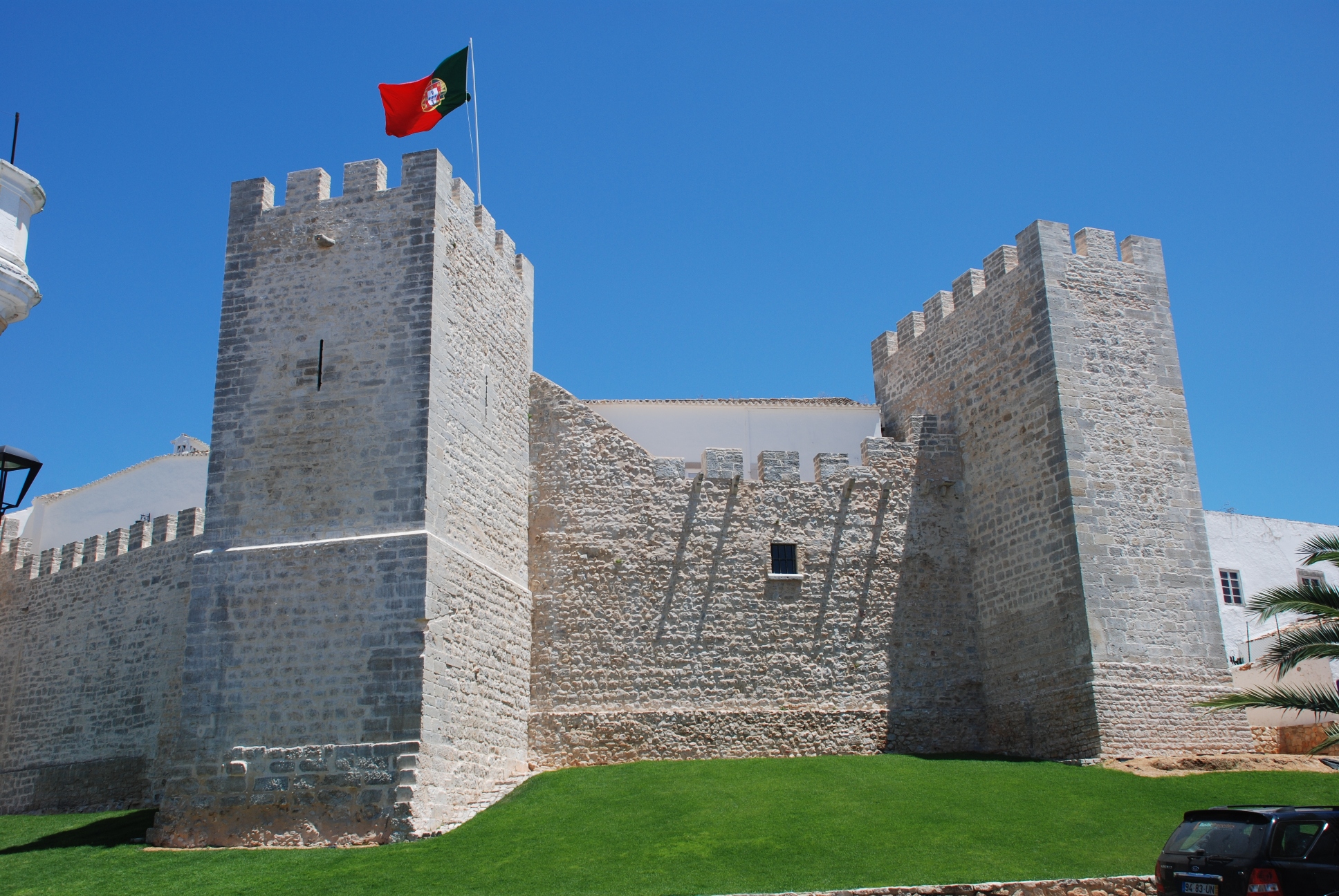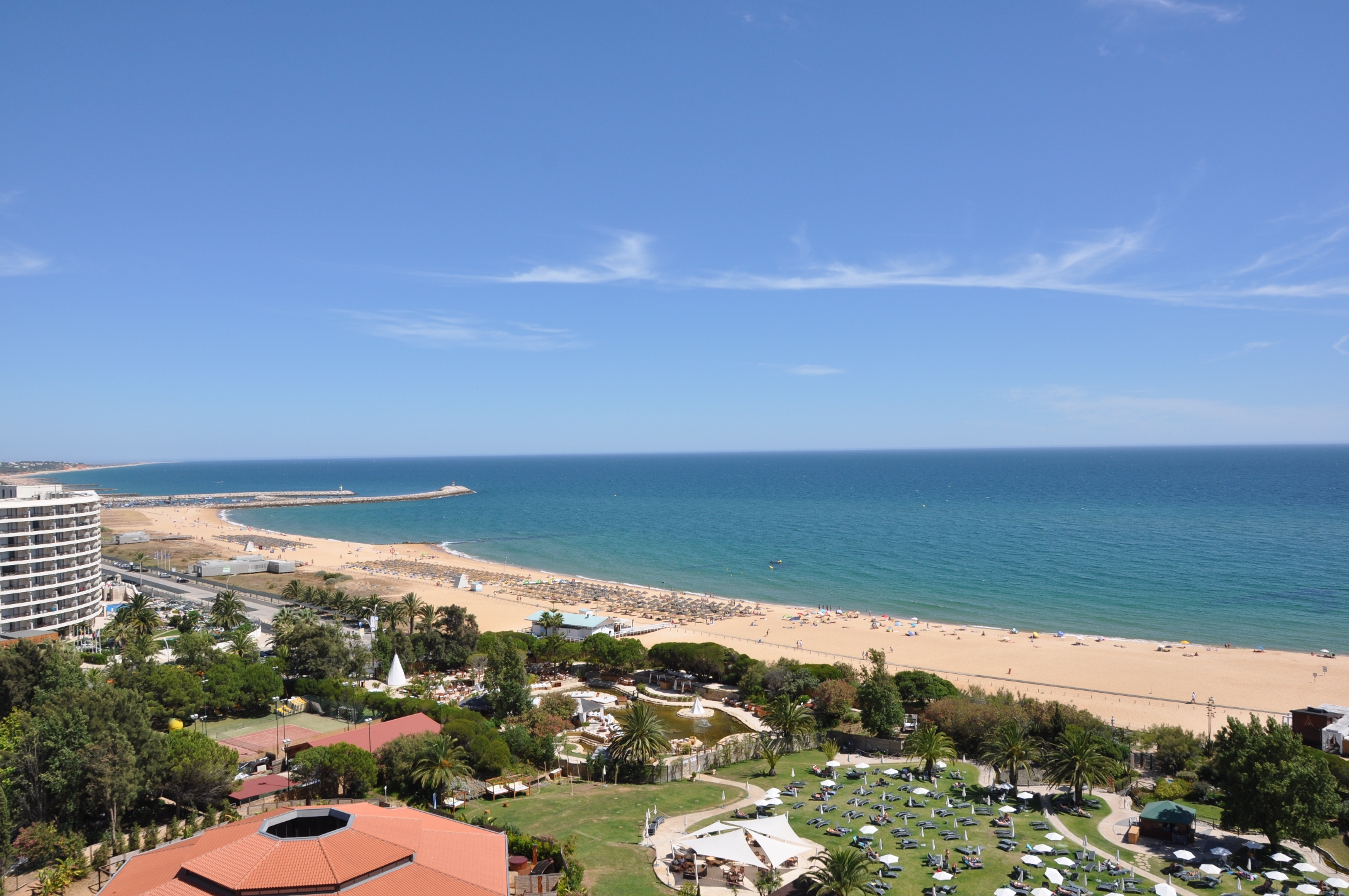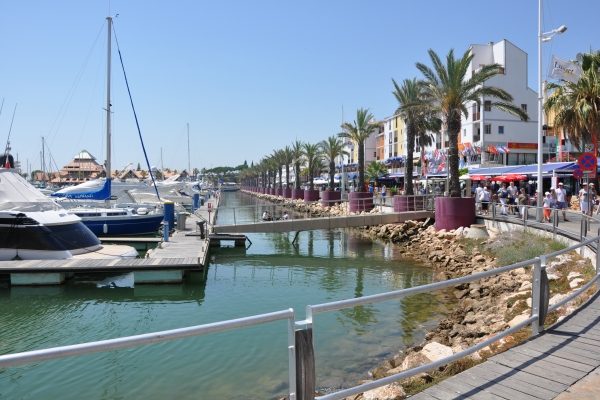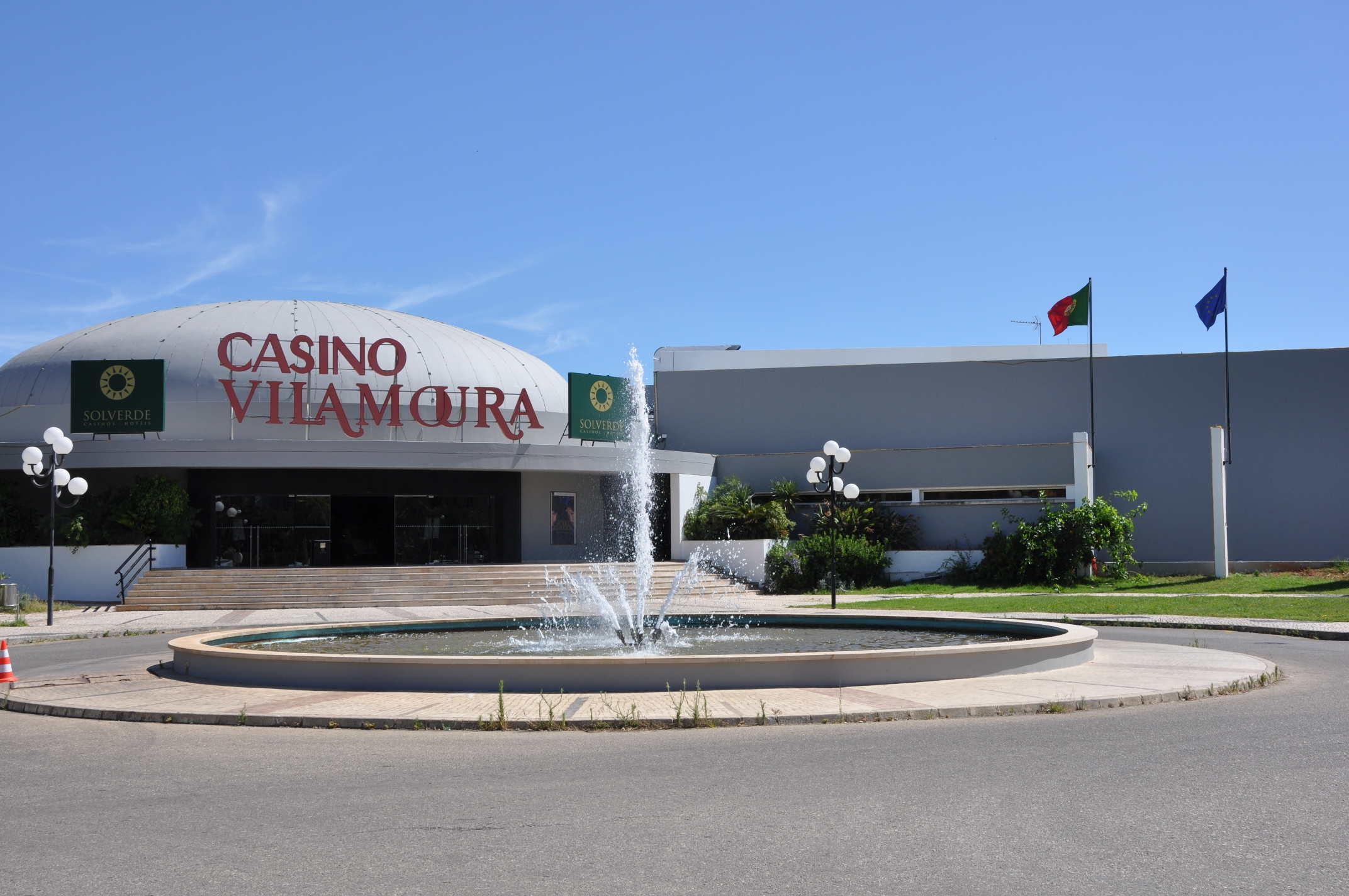Loulé
It is a city of Faro district and is home to the city of 9 parishes Almancil; Alte; Ameixial; boliqueime; Quarteira, Querença, Tôr and Benafim; salir; St. Clement; San Sebastian. This municipality is bordered by Almodovar the north by Alcoutim and Tavira northeast, in São Brás de Alportel on the east by Faro southeast, Albufeira southwest, Silves the west and its coast you can see the immensity of the ocean mass the Atlantic.
Through archaeological excavations were attested human presence in Loulé, dating back to the Paleolithic Old, but it is the end of the Neolithic that there is a greater representation of human existence in this region, having been formed and developed a stand at the site of the city of Loulé, from communities who used precarious and rotating habitats, own farmers and itinerant preachers who remained in numerous existing underground cavities, particularly Goldra, Esparguina and Matos da Nora.
A little history of Loulé
In the period of the Age of Metals, there is an intensification of the Eastern Mediterranean people incursion, which penetrate gradually in the Peninsular West, culminating in the arrival of the Phoenicians and Carthaginians people. These founded the first trading posts on the waterfront of Loulé, promoting fishing activities, metallurgical exploration and consequently the marketing of these products.
From the second century BC, the Romans drive once more economic activities, from the canning industry, agriculture and mining of copper and iron. In the fifth century, Suevi and Vandals, the Visigoths and later can disaggregate the Roman Empire, but maintain populations, adopt and assimilate earlier models of population and cultural experiences.
Muslims arrived around the eighth century, creating and developing the medieval metropolis, which was called Al-‘Ulya ‘, or in other words the current Loulé, with a small fortified and prosperous city, was in the area of the Kingdom of Niebla, the command Taifa Ibne Mafom.
In 1249, King Afonso III with support of Paio Peres Correia, Knight and Master of the Order of Santiago, conquer the Loulé Castle to the Muslim town, granting immediately the charter to the small town in 1266. However, this reconquest Christian brought a negative cycle for trade between this with north Africa and Andalusia. In an attempt to reverse this trend, in 1291, King Dinis organize a fair in the town of Loulé, with a duration of 15 days in September, however, the new regional trading system, based on the agricultural activity, not it was enough that this region was suppressed and enters into stagnation by the end of the fourteenth century.
In 1422, the walls of Loulé Castle were rebuilt the mandate of D. Henrique de Meneses, 1st Earl of Loulé and in 1471, the former inn is transformed, at the request of King Afonso V, the first Hospital of the Algarve, to help all wounded soldiers returning from Tangier campaigns. After the loss of independence in performing Alcazarquivir the Kingdom Portuguese I lived in a stable, among the late sixteenth century to the middle of the century. XVII. But at the time of the Portuguese Discoveries and maritime expansion, the whole Algarve region, in particular Loulé, enters a new cycle of economic growth, and commercial activity is reactivated and reanimated.
In a regional context, Loulé stands out for its export plan products such as wine, olive oil, nuts, handicrafts, salt and fish, which developed and flourished, allowing the realization of public spaces recovery works and construction of new equipments.
However, the living area in an insecure time, since it was under attack originating from the Moors, in which Alexandre Massay improved Loulé Castle between the years 1617 and 1618, at the request of D. João de Castro, governor of the Algarve. From the year 1620, the Algarve has seen its economy declining, population stagnate and political instability increases, factors that contribute to the effect of Barbary piracy.
In the seventeenth century, urban expansion Loulé out it does not appear affected by the instabilities experienced both in the Algarve and Portugal, had a slight increase in buildings and religious equipment. In the first half of the eighteenth century, during the reign of King João V, Portugal beats and live a climate of economic prosperity, thanks largely to gold in Brazil.
In 1755, Loulé is shaken by a large earthquake, which causes a large number of deaths and cause countless damage to buildings and homes, including the castle, churches, convents, public service buildings. Starting the works of reconstruction and recovery in Loulé village arise various points of the urban fabric manors, the local bourgeoisie, transport evolve, particularly in the construction of railway line in the Algarve in 1887 and therefore is evolving roads which itself contributed to a major change in the way of living of the population of Loulé. However, only some infrastructure and basic equipment began to be given priority during the twentieth century, in particular to the implementation of the New State, where important works were recorded in the modernization of urban space, with electric lighting in 1916 and the construction of a cemetery at the site of Costa in 1918.
Over the years, Loulé evolved and developed greatly from the construction of large buildings of collective housing, but this speed of development has created losses in terms of architectural and landscape image of Loulé, especially in its historic center.
From the year 1985, a new trend appears to control and reverse all previous philosophy, promoting the harmonization of cultural and historical values, expressed in years of life Loulé, from the small medieval village to the current City.







